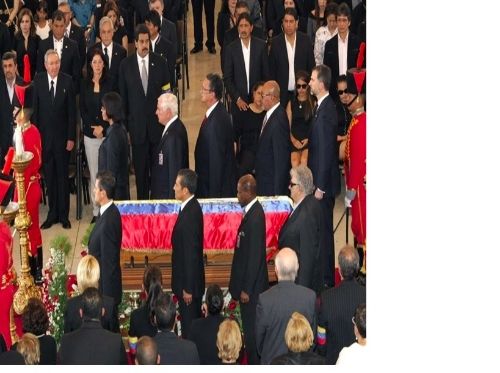This is your morning Open Thread. Pour your favorite beverage and review the past and comment on the future.
Find the past “On This Day in History” here.
March 18 is the 77th day of the year (78th in leap years) in the Gregorian calendar. There are 288 days remaining until the end of the year.
On this day in 1766, the British Parliament repeals the Stamp Act
After four months of widespread protest in America, the British Parliament repeals the Stamp Act, a taxation measure enacted to raise revenues for a standing British army in America. However, the same day, Parliament passed the Declaratory Acts, asserting that the British government had free and total legislative power over the colonies.
The Stamp Act of 1765 (short title Duties in American Colonies Act 1765; 5 George III, c. 12) was a direct tax imposed by the British Parliament specifically on the colonies of British America. The act required that many printed materials in the colonies be produced on stamped paper produced in London and carrying an embossed revenue stamp. These printed materials were legal documents, magazines, newspapers and many other types of paper used throughout the colonies. Like previous taxes, the stamp tax had to be paid in valid British currency, not in colonial paper money. The purpose of the tax was to help pay for troops stationed in North America after the British victory in the Seven Years’ War. The British government felt that the colonies were the primary beneficiaries of this military presence, and should pay at least a portion of the expense.
The Stamp Act met great resistance in the colonies. The colonies sent no representatives to Parliament, and therefore had no influence over what taxes were raised, how they were levied, or how they would be spent. Many colonists considered it a violation of their rights as Englishmen to be taxed without their consent, consent that only the colonial legislatures could grant. Colonial assemblies sent petitions and protests. The Stamp Act Congress held in New York City, reflecting the first significant joint colonial response to any British measure, also petitioned Parliament and the King. Local protest groups, led by colonial merchants and landowners, established connections through correspondence that created a loose coalition that extended from New England to Georgia. Protests and demonstrations initiated by the Sons of Liberty often turned violent and destructive as the masses became involved. Very soon all stamp tax distributors were intimidated into resigning their commissions, and the tax was never effectively collected.
Opposition to the Stamp Act was not limited to the colonies. British merchants and manufacturers, whose exports to the colonies were threatened by colonial economic problems exacerbated by the tax, also pressured Parliament. The Act was repealed on March 18, 1766 as a matter of expedience, but Parliament affirmed its power to legislate for the colonies “in all cases whatsoever” by also passing the Declaratory Act. This incident increased the colonists’ concerns about the intent of the British Parliament that helped the growing movement that became the American Revolution.


 On this day in 461,
On this day in 461,  Ingredients
Ingredients
Recent Comments